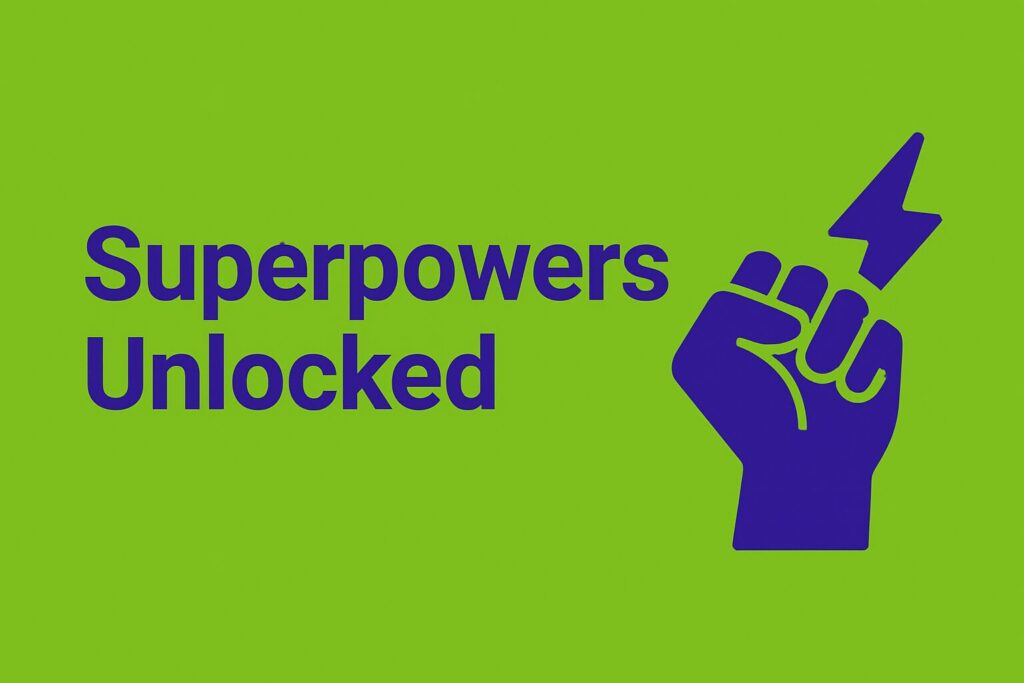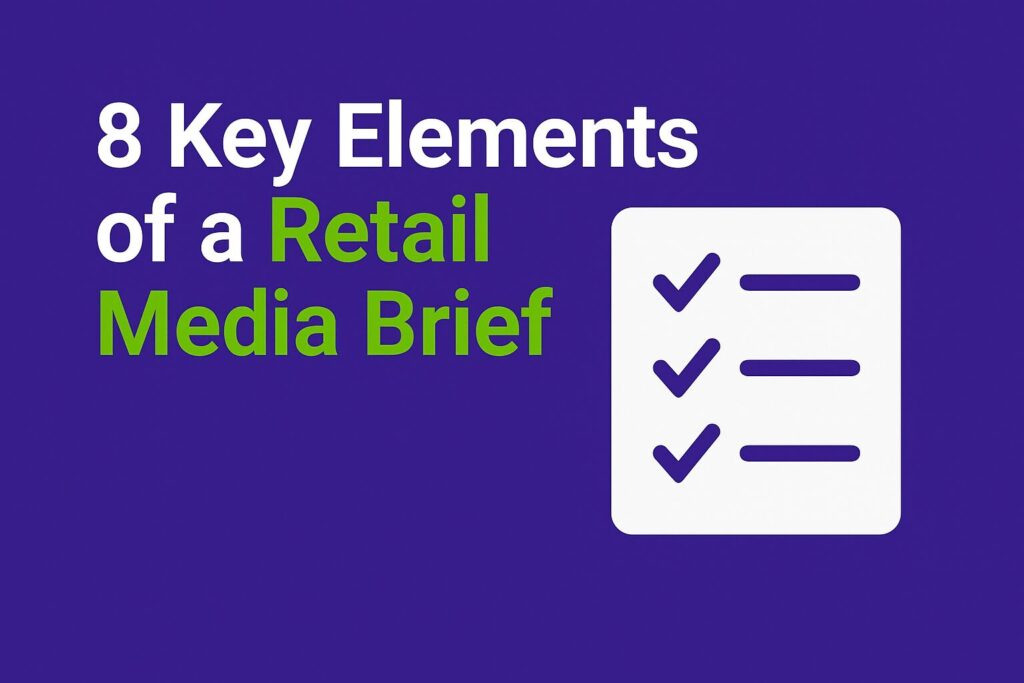Networking remains a cornerstone of career advancement in retail media. This article chronicles key conversations—from finding a mentor during a master’s program to cross-team collaborations—that accelerated professional growth. It also outlines strategies for forging and maintaining impactful connections.
1. Why Networking Matters in Retail Media
Collaborative relationships fuel innovation and opportunity in a data-driven, fast-evolving industry:
- Insider Expertise: Direct dialogue with seasoned practitioners uncovers emerging tools (e.g., new DSP features) and real‑world best practices beyond published articles.
- Opportunity Activation: LinkedIn reports that 85% of positions are filled via referrals; a single introduction can unlock unadvertised roles or freelance projects.
- Cross-Pollination of Ideas: Engaging peers from diverse functions (product, analytics, creative) generates novel campaign concepts and improves problem resolution.
- Confidence & Visibility: Presenting at events or contributing to roundtables builds reputation and invites inbound inquiries from recruiters and partners.
Source: LinkedIn’s 2024 Global Talent Trends Report.
2. The Conversations That Shaped My Career
- Mentorship During Master’s
While completing a master’s in Digital Marketing, connected with a former Head of Ads at a leading global e-commerce firm. A coffee meeting led to a six-month internship that extended into a 2.5-year e-commerce advertising role, laying the foundation in DSP management and strategy. - Building a Portfolio Through Client Collaborations
Engagements at regional summits introduced partnerships with boutique agencies. Leading pilot campaigns for travel clients not only honed campaign planning skills but also provided tangible case studies for a professional portfolio. - Global Intranet & Internal Mentoring
Within a major retail organization, participation in internal mentorship programs and global Slack channels connected me with U.S.-based retail media leaders. Regular virtual sessions offered exposure to advanced tactics, such as dynamic bidding strategies and cross-market localization. - Cross-Functional Project Initiatives
Collaboration on company-wide product launches required coordination between marketing, product, and analytics teams. These projects sharpened project management capabilities and underscored the value of domain fluency beyond advertising. - Peer Roundtables & Industry Forums
Co-hosting monthly virtual meetups with retail media managers fostered a community of practice. These sessions became a go-to forum for troubleshooting technical issues, sharing A/B testing learnings, and co-creating optimization playbooks.
3. Strategies for Building a High-Impact Network
- Map Your Ecosystem: Identify 5–10 key individuals—mentors, peers, potential collaborators—and document mutual interests or expertise areas.
- Value-Driven Outreach: Before requesting a meeting, share relevant industry reports or insightful campaign critiques to demonstrate expertise and goodwill.
- Leverage Multiple Channels: Combine LinkedIn messaging, Twitter engagement (e.g., commenting on thought leaders’ threads) and in-person event participation for a multi-touch approach.
- Focus on Niche Gatherings: Attend specialized workshops (e.g., Amazon Ads Deep Dive, Retail Media Bootcamp) to meet practitioners who share specific technical interests.
- Facilitate Introductions: Act as a connector by introducing contacts with complementary skill sets—this reciprocity strengthens your network and reputation.
4. Maintaining and Growing Relationships
- Consistent Check‑Ins: Schedule brief quarterly updates, sharing progress on mutual interests (e.g., new ad formats tested, e-commerce reports published).
- Structured Follow‑Up: Use CRM tools or a simple spreadsheet to log conversation topics, next steps, and reminders for future outreach.
- Offer Expertise Publicly: Write blog posts or LinkedIn articles summarizing collective learnings from your network—this amplifies relationships and positions you as a thought leader.
- Annual In-Person Touchpoints: Combine digital communication with face-to-face meetings at industry conferences to reinforce bonds and generate new collaboration ideas.
5. Frequently Asked Questions
A: Aim for a meaningful touch point every 3–4 months, adjusting frequency based on relationship depth and mutual availability.
A: Virtual coffee chats or quick voice calls are more personal than emails; add an agenda to respect time and ensure focused conversations.
A: Focus on smaller group settings or 1:1 outreach; leverage written content (articles, comments) to establish presence before in-person events.
6. Actionable Tips
- Host a Mini-Webinar: Organize a 30-minute session on a niche topic (e.g., Sponsored Products optimization) to attract peers and industry veterans.
- Launch a Quarterly Newsletter: Curate top insights from your network, campaign performance tips, and event summaries.
- Pair for Reverse Mentorship: Partner with a junior colleague to exchange fresh digital tactics and leadership perspectives—this fosters mutual growth.
- Build a Personal Platform: Create and maintain a blog or dedicated social media page (e.g., LinkedIn, Twitter) to share insights, case studies, and network highlights, reinforcing personal branding and visibility.
7. Conclusion & Next Steps
Strategic networking transforms careers by weaving together mentorship, partnerships and peer support. Retail media professionals who combine planned outreach, valuable contributions, and consistent follow‑through unlock new pathways for growth.
For more career-building content, explore the Retail Media Career Blueprint category:
- A Year Out: Gap Year for Personal Growth
- The Pivot Moment: Moving from Digital Marketing to Retail Media
- Climbing the Ladder in Retail Media
Senior E-commerce & Retail Media Leader with 8+ years across Amazon and leading marketplaces. Focus on full-funnel strategy, programmatic retail media, and international media governance. Sharing frameworks and operating models for growth.



